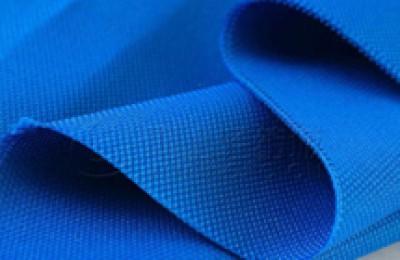1 Causes
① The relative molecular mass of active emerald blue is relatively large, lacks linear structure, and has poor diffusivity. Especially in the secondary color absorption process, because the adsorption rate of the dye is much higher than the diffusion rate, more dyes form overlapping accumulations on the fiber surface. In addition, reactive emerald blue has weak reactivity and low fixation rate. There is a lot of unfixed dye remaining on the fiber, and its washability is poor, resulting in low wet processing fastness and poor level dyeing and dyeing effect.
② Since reactive yellow is very sensitive to alkali agents, in the initial stage of secondary color absorption, the phenomenon of “instant coloration” is serious. In addition, it absorbs color and fixes it at the same time. The fixed dye will be adsorbed on the The diffusion of dyes that are not fixed on the fiber surface has a certain blocking effect, causing excessive floating colors and affecting the wet processing fastness and level dyeing properties.
③The dissolution stability of active turquoise blue and active bright yellow in salt and alkali solutions is poor. Once salt and soda ash are added too much or too early, it is easy to agglomerate, thus seriously affecting the uniformity of the dye. Adsorption and uniform diffusion lead to excessive floating color and reduced dye fastness.
2 Prevention and Control Methods
To improve the wet treatment fastness of reactive emerald blue and reactive bright yellow dyeing brilliant green, as far as the dyeing process is concerned, the following methods can be used The following ways:
① Improve the dissolution state of the dye and prevent the dye in the dye liquor from agglomerating. When dyeing bright green with active green orchid and active bright yellow, it is not advisable to use the dyeing method of pre-adding alkali, let alone the dyeing method of adding salt and soda ash at the same time, otherwise it will easily cause the dye to agglomerate and precipitate (the problem of active bright yellow is the most prominent), thus Causes serious staining problems.
② Reduce the dye uptake rate during the dyeing process (mainly in the initial stage of alkali addition).
③ Improve the diffusion and dyeing effect of dyes and increase the fixation rate (mainly reactive emerald blue).
④ Strengthen soaping after dyeing to reduce the adhesion of floating dyes. The process of “simple soaping first and then fixing the color with a color-fixing agent” must not be used. Because when there is a lot of floating color, a fixing agent is used to fix the color. Although the washing fastness is improved, the rubbing fastness is very poor. It also affects the brightness and light fastness, making it difficult to repair the color after dyeing. After sufficient soaping, Cuilan’s special fixing agent M-291TC can be used to improve the washing fastness without reducing the light fastness of the fabric.
Of course, the fabric should be fully pre-treated before dyeing. Some of the measures proposed above are based on uniform whiteness and wool effect.
</p






